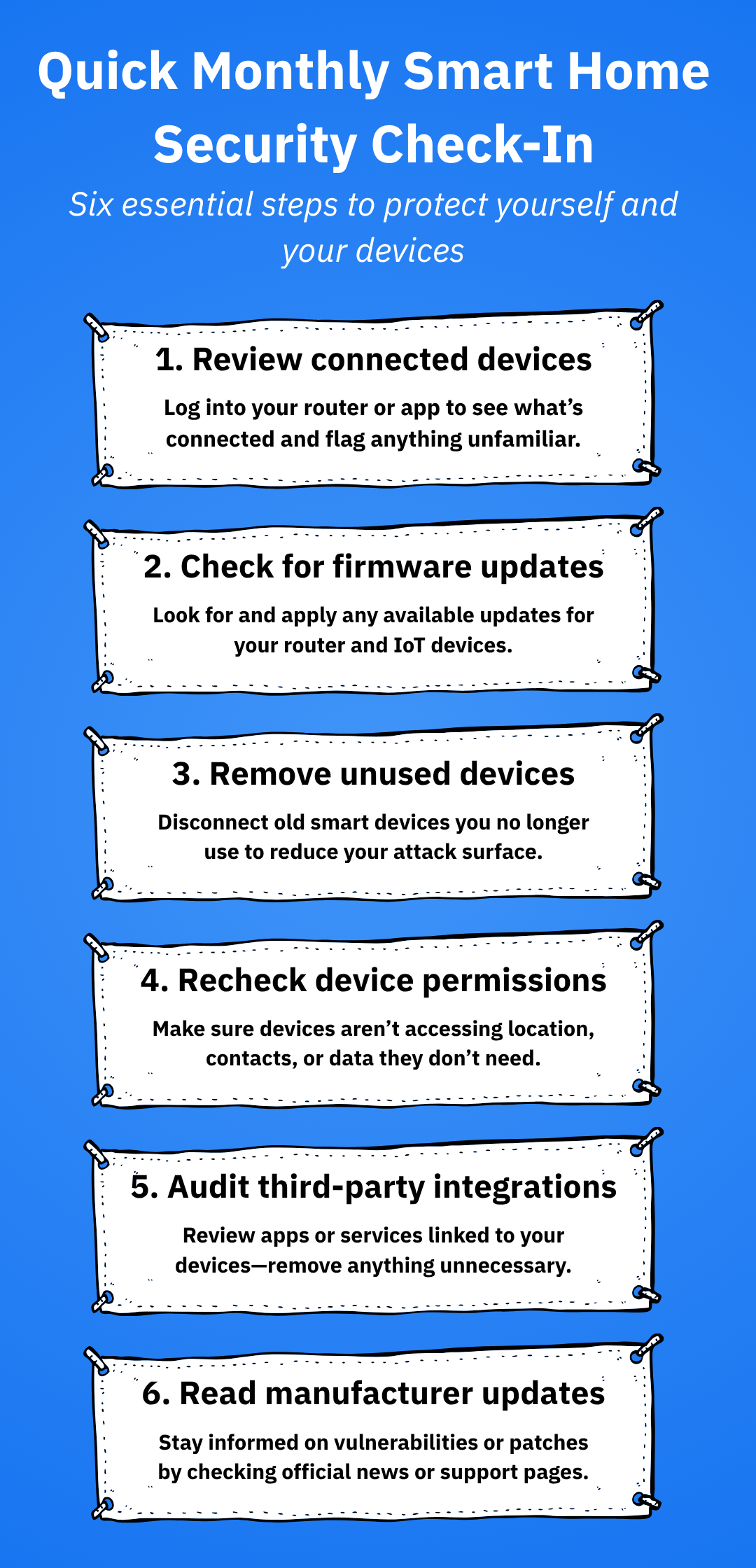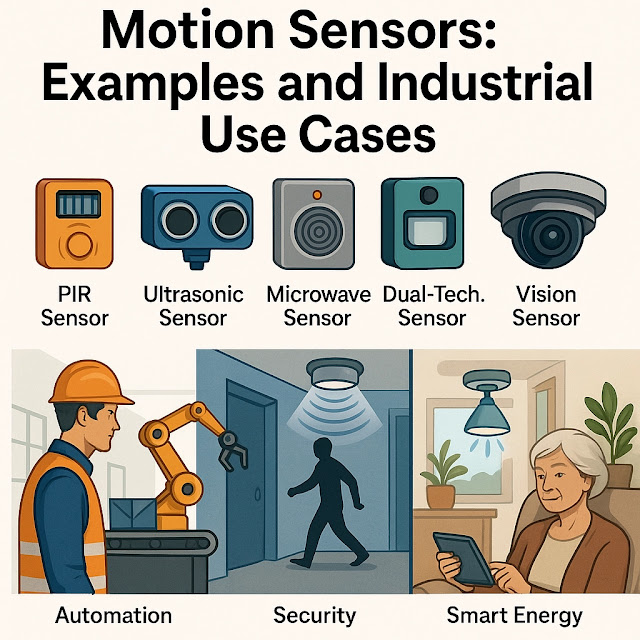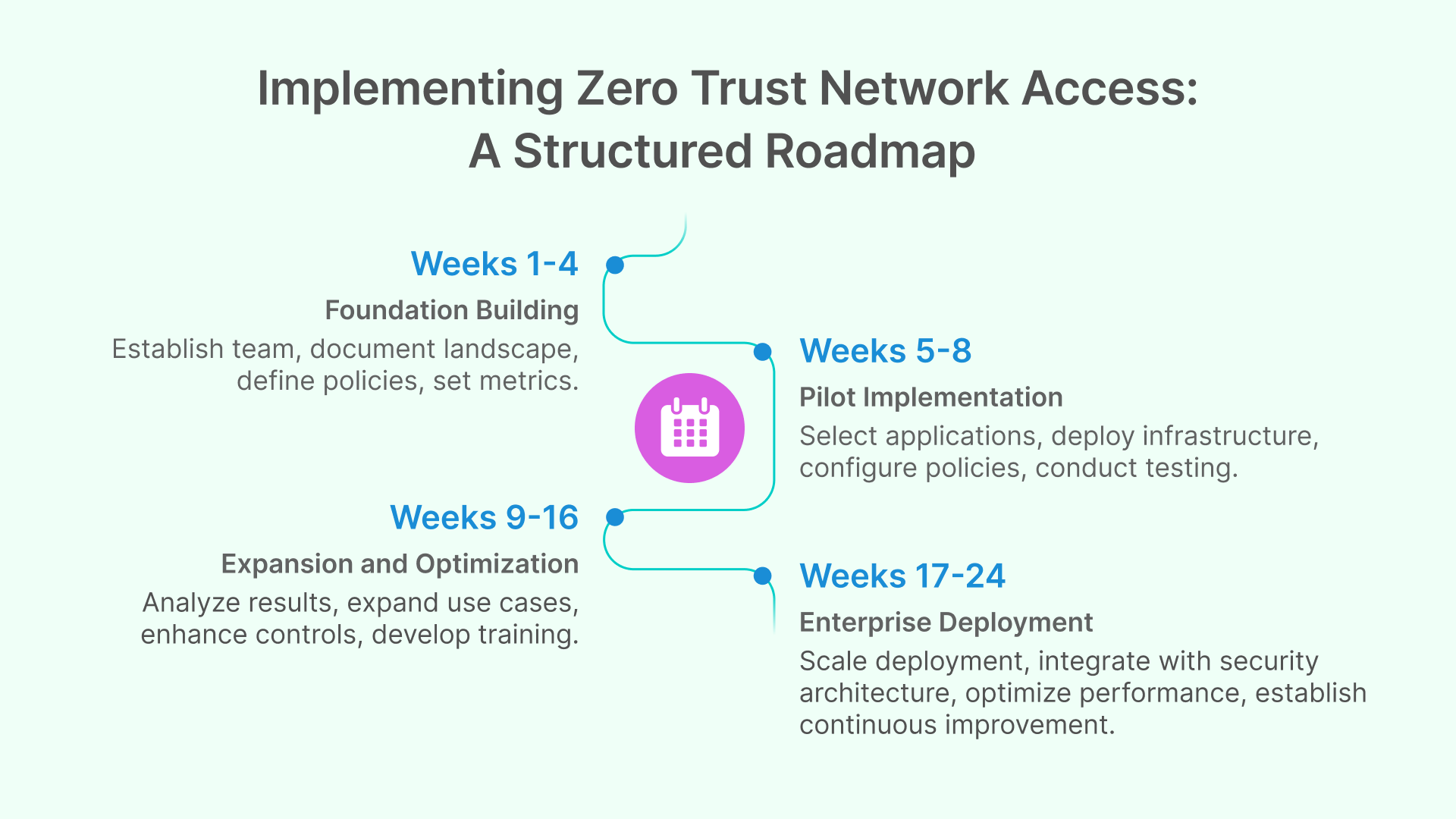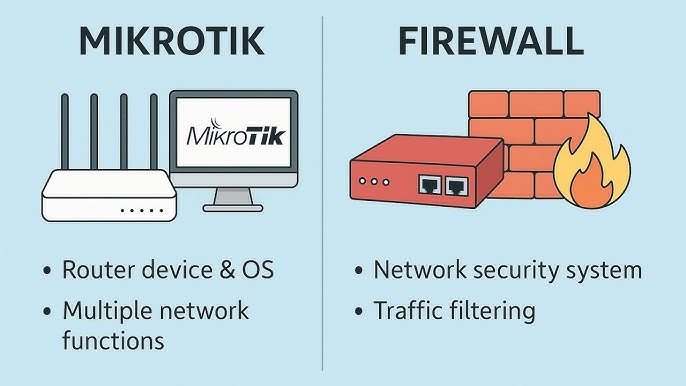Are you confident that your smart home is truly safe? With more devices connected every day, it’s easy to forget the small steps that protect your family and your privacy. Smart Home Safety Tips
Imagine waking up to find your security camera hacked or your smart lock unlocked by a stranger. Scary, right? But don’t worry—this guide will show you simple, powerful tips to keep your smart home secure. By the end, you’ll feel in control and ready to enjoy the comfort of your connected life without worry.
Keep reading to discover how to protect what matters most—your home and your peace of mind.
Choosing Secure Devices
Smart home devices make life easier but can also bring risks. Choosing safe devices helps protect your home and privacy.
Focus on strong security features when buying smart gadgets. This stops hackers from getting into your system.
Look For Strong Encryption
Encryption keeps your data safe by turning it into a secret code. Devices with strong encryption stop thieves from reading your information.
Check if the device uses modern encryption like AES-256. This is one of the safest ways to protect your data.
Check For Regular Updates
Updates fix security problems and add new protections. Devices that get regular updates stay safer over time.
- Look for devices with automatic update features
- Check how often the manufacturer releases updates
- Avoid devices that no longer receive updates
Select Trusted Brands
Well-known brands usually invest more in security. They follow strict rules to keep your smart home safe.
Read reviews and see if a brand has a good record for protecting user data. Trusted brands offer better support if issues arise.

Credit: mydreamhome.liveblog365.com
Setting Up A Safe Network
Smart homes use many connected devices. These devices need a secure network to stay safe.
Setting up your network carefully protects your devices from hackers and other risks.
Use A Separate Network For Devices
Keep your smart devices on a different network than your main devices. This adds a layer of protection.
If one device is hacked, the others stay safe because they are on separate networks.
- Create a guest network for smart devices
- Do not connect smart devices to your main Wi-Fi
- Check your router settings to set up multiple networks
Enable Strong Wi-fi Passwords
Use strong, unique passwords for your Wi-Fi networks. This stops unauthorized access to your home network.
Passwords should be long and include letters, numbers, and symbols.
- Avoid simple words or phrases
- Use a mix of uppercase and lowercase letters
- Change passwords regularly for better security
Keep Router Firmware Updated
Router manufacturers release updates to fix security problems. Keep your router firmware up to date.
Updating firmware protects your network from new threats and bugs.
- Check for updates in your router settings
- Install updates as soon as they are available
- Restart the router after updating to apply changes
Creating Strong Passwords
Strong passwords protect your smart home devices from hackers. They keep your personal data safe.
Use smart techniques to create passwords that are hard to guess. This improves your home security.
Avoid Default Credentials
Many devices come with default usernames and passwords. These are easy targets for attackers.
Change default credentials right after setting up your device. Use unique names and passwords.
Use Complex Combinations
Create passwords with a mix of letters, numbers, and symbols. This makes them harder to guess.
Avoid simple words or sequences. Use random combinations that only you can remember.
- Include uppercase and lowercase letters
- Add numbers and special characters
- Make passwords at least 12 characters long
Implement Multi-factor Authentication
Multi-factor authentication adds an extra layer of security. It asks for more than just a password.
Use a code from your phone or a fingerprint to confirm your identity. This helps stop unauthorized access.
Managing Device Permissions
Smart homes have many devices that connect to the internet. These devices need permissions to work properly.
Managing these permissions well keeps your home safe from unwanted access or data leaks.
Limit Access To Trusted Users
Only allow people you trust to use your smart home devices. This stops strangers from controlling them.
Set up user accounts and give permissions carefully to each person in your home.
- Create separate accounts for family members
- Use strong passwords for each user
- Remove access when someone no longer needs it
Review App Permissions Regularly
Apps controlling your devices ask for many permissions. Check these permissions often to avoid risks.
Remove permissions that are not needed or seem too broad to keep your data safe.
- Check permissions for each smart device app
- Revoke access to features you do not use
- Update apps to get the latest security fixes
Disable Unnecessary Features
Many smart devices come with extra features you might not use. Turn off these features to lower risk.
Disabling unused features reduces the chance of hackers exploiting your devices.
- Turn off remote access if you don’t need it
- Disable voice control when not in use
- Limit data sharing with third-party services
Monitoring And Alerts
Smart home safety depends on good monitoring and alerts. These help you know what is happening in your home at all times.
With the right alerts, you can act fast to keep your family and property safe. Monitoring tools give you peace of mind.
Set Up Real-time Notifications
Real-time notifications tell you about events as they happen. This could be a door opening or a smoke alarm going off.
To set these up, use your smart home app to enable alerts for important sensors. Make sure your phone or device can receive them.
Use Activity Logs
Activity logs keep a record of all events in your smart home. They show what happened and when.
Check your logs regularly to find unusual actions. This helps you spot problems or security risks early.
- View door and window openings
- Track motion sensor triggers
- See camera recordings by time
Respond Quickly To Alerts
When you get an alert, act fast. Quick responses can stop break-ins or accidents from getting worse.
Make a plan for different alerts. Know who to call or what steps to take if something happens.
- Check security cameras immediately
- Call emergency services if needed
- Inform family members about issues
Physical Security Measures
Smart home devices make life easier but need protection. Physical security helps keep your home safe.
Taking simple steps can stop theft and damage to your devices. Protect your smart home with care.
Secure Smart Hubs And Controllers
Smart hubs control many devices in your home. Keep them in locked or hidden places to avoid tampering.
Use sturdy mounts or enclosures to protect controllers from damage or removal.
- Place hubs in rooms with limited access
- Use lockable cabinets for extra security
- Secure cables to prevent unplugging
Protect Cameras From Tampering
Cameras monitor your home and surroundings. Install them where they are hard to reach or cover.
Use protective covers and tamper alarms to alert you if cameras are moved or blocked.
- Mount cameras high on walls or ceilings
- Use strong brackets or mounts
- Activate tamper detection features
Place Devices Strategically
Think about where you put your smart devices. Good placement improves safety and device function.
Keep devices away from windows or doors that can be easily accessed from outside.
- Place sensors inside, near entrances
- Keep devices out of reach of children and pets
- Avoid placing devices in areas prone to damage
Backup And Recovery Plans
Smart homes use many devices that need settings to work well. Losing these settings can cause problems. Backup and recovery plans keep your smart home safe and working.
These plans help you save your settings and restore them if needed. They also prepare you for power problems and other issues.
Regularly Backup Settings
Save your smart home settings often. This keeps your devices working with your preferred choices. Backups protect you from losing data.
Use cloud services or local storage to keep backups. Check backups regularly to make sure they work.
- Set automatic backups weekly or monthly
- Store backups in more than one place
- Test backups by restoring them sometimes
Prepare For Power Outages
Power outages can stop your smart devices from working. They can also cause data loss. Get ready by using backup power sources.
Use uninterruptible power supplies (UPS) or battery backups. These keep your devices on for a short time during outages.
- Install UPS for critical smart devices
- Keep extra batteries for wireless devices
- Test power backups regularly
Have A Recovery Strategy
Make a clear plan to restore your smart home after problems. Know how to use your backups and power sources fast.
Write down steps to follow during recovery. Share the plan with family members who can help.
- Keep backup files easy to find
- Note how to reset devices safely
- Practice recovery steps occasionally
Credit: www.kidde.com
Educating Household Members
Keeping your smart home safe starts with everyone in the house. Teaching each member about safety helps protect your devices and data.
Clear and simple instructions make it easy for all ages to understand smart home security. This lowers risks of accidents or hacks.
Train On Security Best Practices
Show everyone how to use strong passwords for smart devices. Teach them to change default settings and keep software updated.
Explain why it is important not to share passwords or security codes with strangers. Remind them to lock devices when not in use.
- Use unique passwords for each device
- Update device software regularly
- Turn off devices when not needed
- Keep smart home networks private
Promote Awareness Of Phishing
Phishing tries to trick people into giving away personal info. Teach household members to spot fake emails and messages.
Warn them not to click on unknown links or download strange files. Show how to verify the sender before responding.
- Look for misspelled words in emails
- Check sender’s email address carefully
- Do not open links from unknown sources
- Ask an adult if unsure about a message
Encourage Reporting Suspicious Activity
Ask everyone to tell a trusted adult if they see strange activity on smart devices. Early reports help stop problems fast.
Make sure members know what kind of actions to report. This includes unknown logins, unexpected alerts, or device malfunctions.
- Unrecognized devices connected to the network
- Alerts about failed login attempts
- Smart devices acting strangely
- Suspicious emails or calls about devices

Credit: waddingtonvillage.co.uk
Frequently Asked Questions
What Are Essential Smart Home Safety Tips?
Secure your Wi-Fi network, use strong passwords, and update device firmware regularly. Enable two-factor authentication for added protection. Install trusted security apps and monitor device activity constantly.
How Can I Protect Smart Devices From Hacking?
Change default passwords immediately. Use unique, complex passwords for each device. Keep software updated to patch vulnerabilities. Disable unused features and limit device access on your network.
Are Smart Home Cameras Safe To Use?
Yes, if properly secured. Choose encrypted cameras, update firmware regularly, and set strong passwords. Position cameras to avoid privacy invasion and review footage access permissions often.
How Do I Secure Smart Locks Effectively?
Use strong, unique passwords and enable two-factor authentication. Regularly update lock firmware and monitor access logs. Avoid sharing temporary codes widely and disable remote access when not needed.
Conclusion
Smart home safety is crucial for peace of mind. Following these tips enhances security. Keep devices updated regularly. Always use strong, unique passwords. Secure your Wi-Fi network effectively. Install reliable security cameras. Teach family members about safety practices. Regularly check for new security threats.
Be proactive, not reactive. Smart home safety is a continuous process. Stay informed and vigilant. Your home deserves the best protection. With consistent effort, enjoy a safer smart home environment. Prioritize security and feel more at ease. Simple steps make a big difference.
Stay safe and smart.
20 min read





